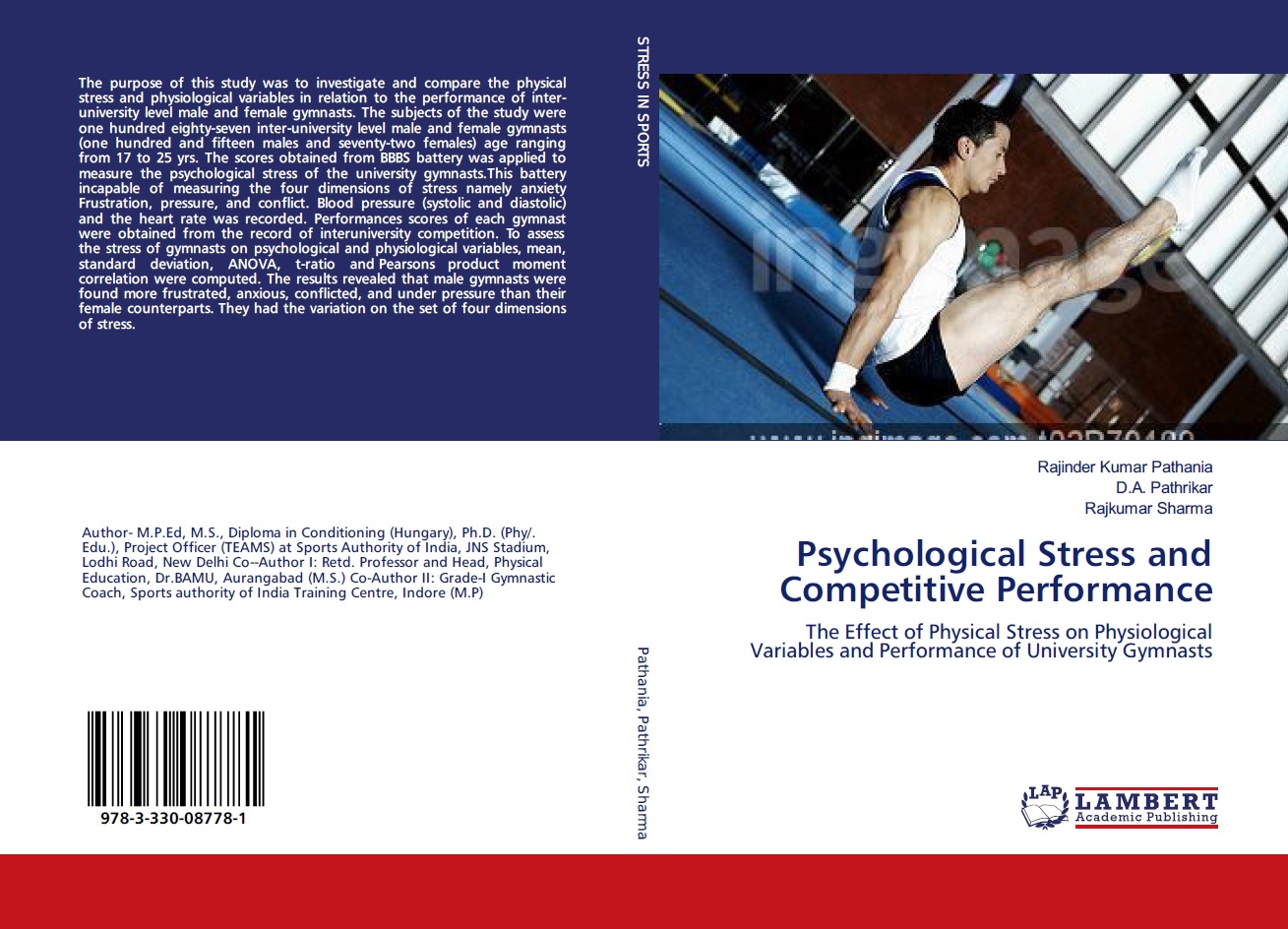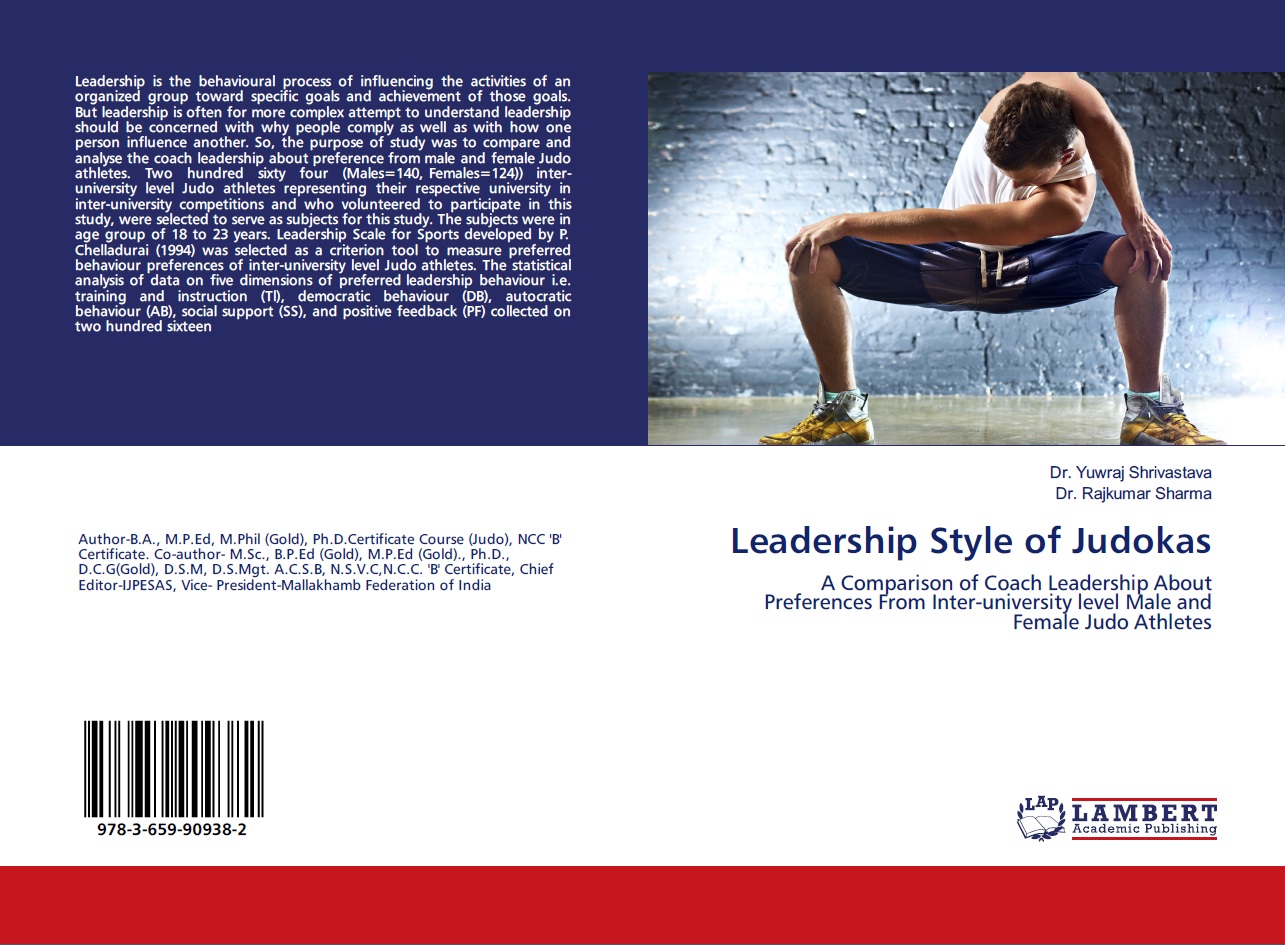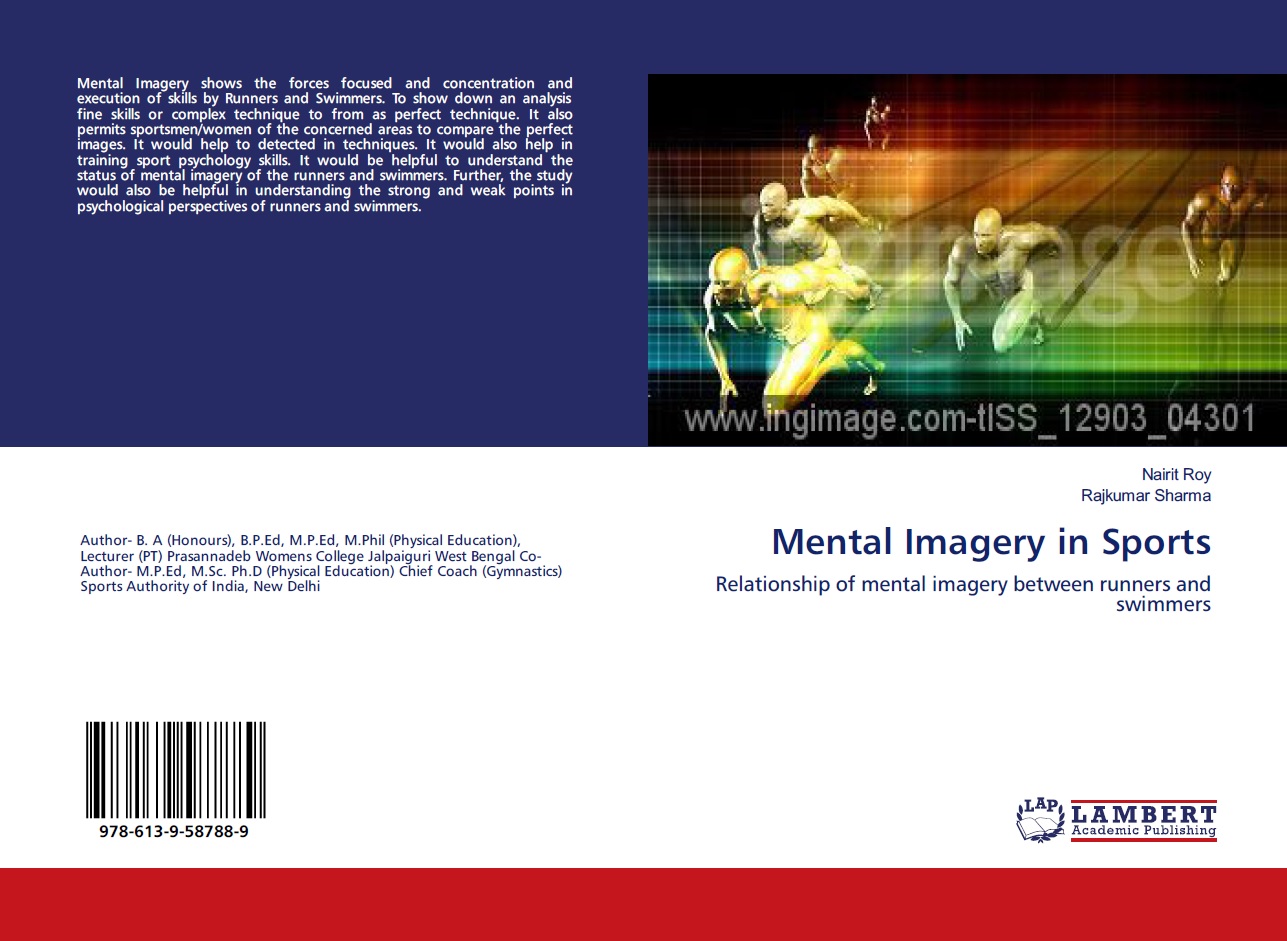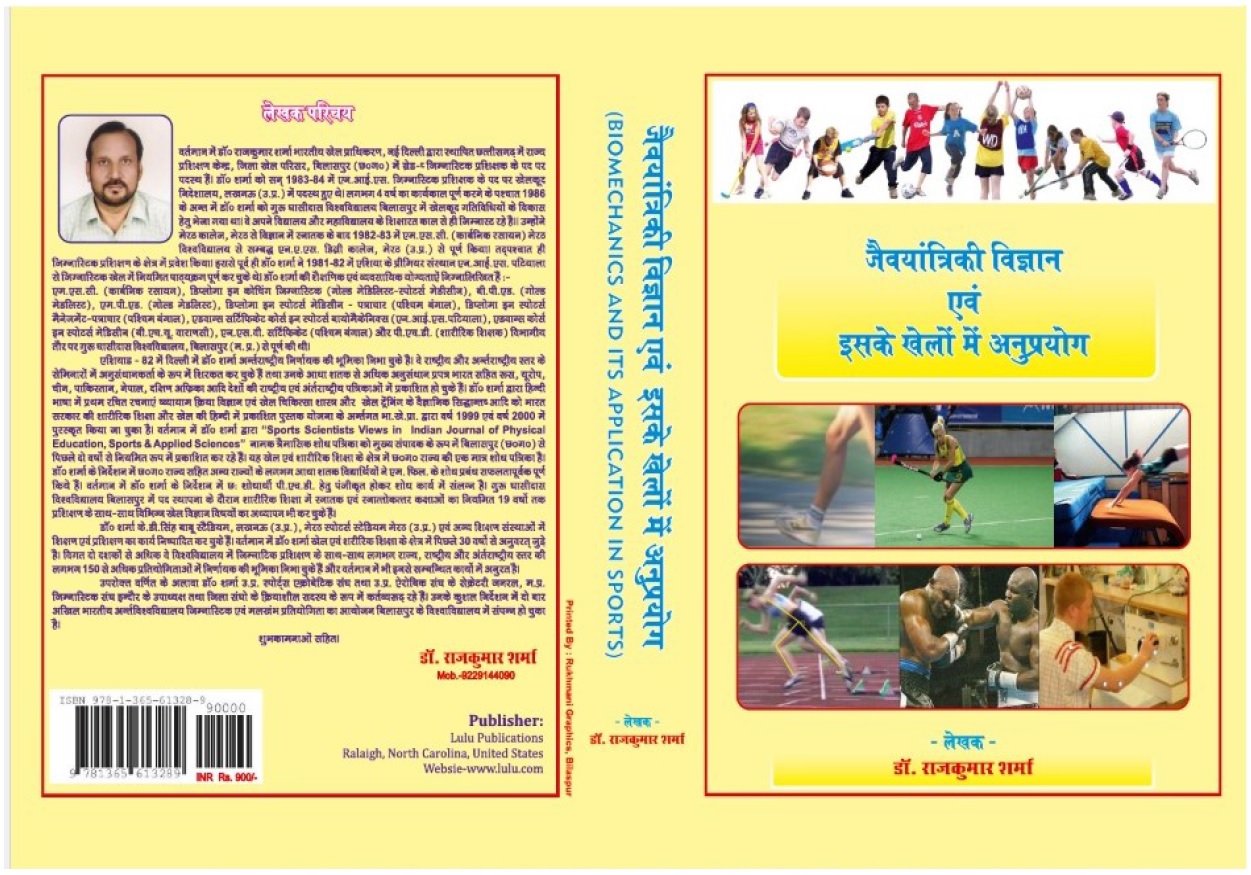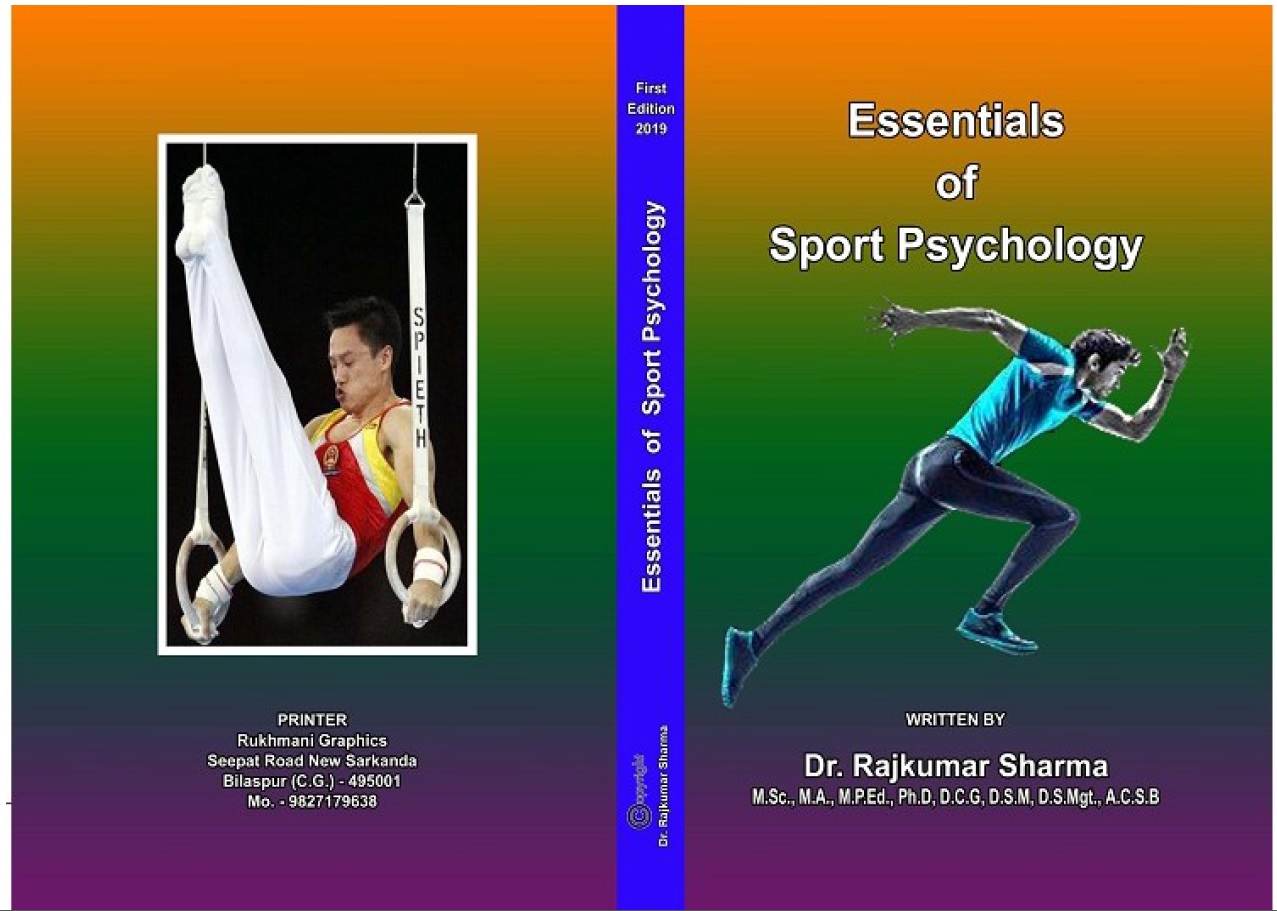Plagiarism Policy
Plagiarism as a form of scientific misconduct has been on the rise in recent time. A researcher is required to have some ethical and moral values in his academic pursuit. The researcher is expected to produce and submit the original and genuine work. In the present era, tons of information is available on internet and online as source material. In this context, plagiarism has become a serious problem. It is, therefore, necessary for any reputed and prestigious university to formulate well defined Guidelines to check menace of plagiarism.
Plagiarism’ is the unacknowledged use of another person’s/ organizations work as one’s own work. Plagiarism involves copying of Phrases, clauses, sentences, paragraphs, or longer extracts from published or unpublished work including from internet without acknowledgement of the source.
Zero Tolerance Policy in core area
The core work carried out by the author shall be based on original ideas and shall be covered by Zero Tolerance Policy on Plagiarism. In case Plagiarism is found and claimed, then it would be brought under Plagiarism. Disciplinary Authority (PDA) for necessary and maximum penalty. The core work shall include abstract with keywords, introduction, objective, hypothesis, research methodology, analysis and interpretation, summary And observations, conclusions, recommendations and references.
As per UGC , Promotion of Academic Integrity and Prevention of Plagiarism in Higher Educational Institutions Regulations, 2017, the students, researchers and faculty members should not perform any academic misconduct by the theft of intellectual property in any manner also.
Therefore, the proper attribution, seeking permission of the author wherever necessary, acknowledgement of source compatible with the needs and specificities of disciplines and in accordance with rules and regulations governing the source is essentially required. In case of found guilty of plagiarizing, they shall be considered under following class of severity:Ø
Level 1: Similarities above 10% to 40% Shall be asked to withdraw manuscript submitted for publication and shall not be allowed to publish any work for a minimum period of one year.
Level 2: Similarities above 40% to 60% shall be asked to withdraw manuscript submitted for publication and shall not be allowed to publish any work for a minimum period of 2 years and shall be denied a right to one annual increment in case of academician. They also shall not be allowed to be a supervisor to any UG, PG, Master's, M.Ph il., Ph.D. student/scholar for a period of two years.
Level 3: Similarities above 60%-shall be asked to withdraw manuscript submitted for publication and shall not be allowed to publish any work for a minimum period of three years and in case of faculty, shall be denied a right to two successive annual increments and shall not be allowed to be a supervisor to any UG, PG, Master's, M.Phil., Ph.D. student/scholar for a period of three years.
Based on the severity and above penalty levels, in case of below 10 percent of the plagiarism is found, authors can/shall be immediately asked to correct the paper and revert. (under the rule in autonomy by the publishing authority.)
Beside, in case the one who has been claimed for plagiarism and has been found accused of doing so, shall be subject to the court of law by the one who has claimed for penalty as per copyright norm.
Keeping in view the policy of plagiarism, and avoid piracy of intellectual property, the author needs to follow the citation policy:Ø
- When 10 words are taken together from some established core work, citation becomes essential.
- Also, when the copied content reaches 40 words in accumulation, the fragment needs to be kept under inverted comma (“_”) in italic.
- Authors are necessarily required to cite reference in case of any content adopted from anywhere other than internet open sites. It is also that, even in case of open site internet source the copied contents if found more than 30 percent in aggregate during plagiarism detection, the work shall not be considered for further proceedings
Similarly checks for exclusion from Plagiarism
The similarity checks for plagiarism shall exclude the following:
- All quoted work either falling under public domain or reproduced with all necessary permission and or attribution.
- All references, bibliography, table of content, preface and acknowledgements.
- All small similarities of minor nature.
- All generic terms, laws, standard symbols and standards equations.
 admin@sportscientistsviews.com
admin@sportscientistsviews.com

